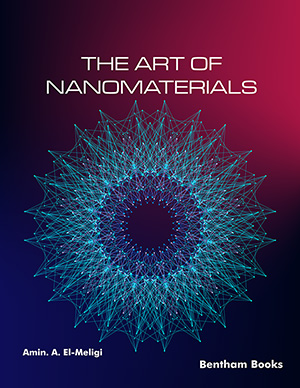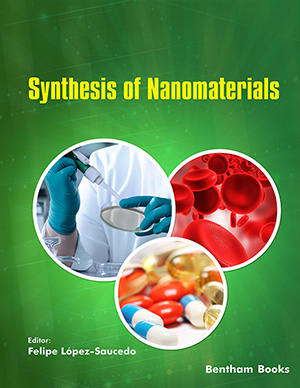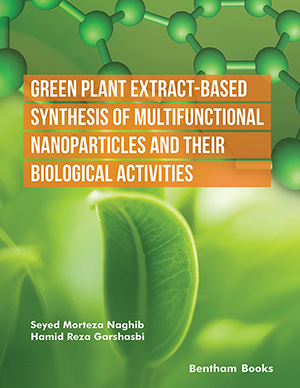Abstract
We present the recent progress in hydrogen storage in carbon and boron
nitride nanostructures. Carbon and boron nitride nanostructures are considered
advantageous in this prospect due to their lightweight and high surface area. Many
researchers highlight the demerits of pristine structures to hold hydrogen molecules for
mobile applications. In such cases, weak van der Waals interaction comes into account.
Hence, the hydrogen molecules make weak bonds with the host materials and,
therefore, weak adsorption energy and low hydrogen molecules uptake. So, to tune the
adsorption energy and overall kinetics, methods such as doping, light alkali-alkaline
earth metals decoration, vacancy, functionalization, pressure variation, application of
external electric field, and biaxial strain have been adopted by many researchers.
Physisorption with atoms decoration is promising for hydrogen storage applications.
Under this condition, the host materials have high storage capacity, average adsorption
energy and feasible adsorption/desorption kinetics.
Keywords: Adsorption energy, Boron nitride, Carbon nanotube, Chemisorption, Density Functional Theory, Desorption temperature, Graphene, Hydrogen storage, Physisorption, Pressure, Temperature.






















